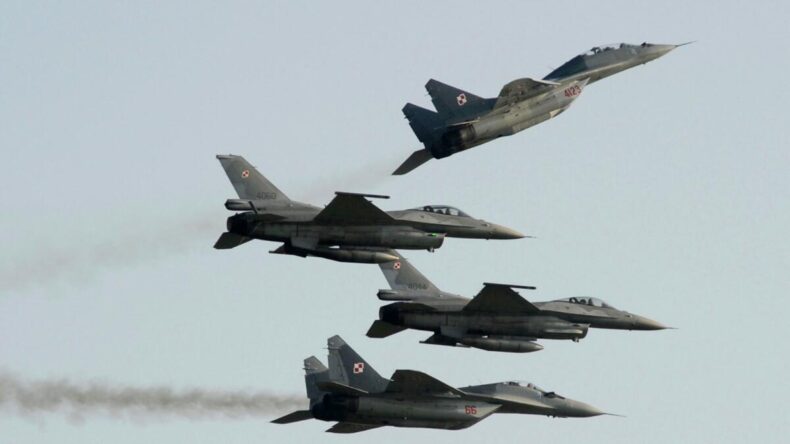Kyiv has called on NATO to impose a no-fly zone over Ukraine to protect the country from Russian aerial attack. The NATO leaders deny this and claim that it would lead to a broader war with Russia.
As a precautionary measure, Ukrainian President Volodymyr Zelenskiy has requested NATO to impose a no-fly zone above Ukraine to protect his country from Russian aerial attacks. So far, his pleas have been ignored.
British Prime Minister Boris Johnson has stated that if NATO imposes a no-fly zone over there, RAF jets may be forced to shoot down Russian aircraft, resulting in a direct conflict with Russia.
What is a “No Fly Zone?”
- A No-Fly Zone (NFZ) is an area where planes are restricted from flying due to security concerns.
- In war zones, NFZs are typically used to prohibit attackers from flying military aircraft and jets over the territory.
- While conducting surveillance, it safeguards the common people as well as military targets.
- The zone is kept under the close eye of opposing fighter planes, that look for aircraft that don’t adhere to the restrictions.
- If the order is enforced in Ukraine, no licensed aircraft will be allowed to fly in Ukraine’s airspace.
Why is NATO reluctant to impose an NFZ over Ukraine?
To avoid direct conflict with Russia, the US, along with other NATO countries, has denied enforcing a no-fly zone over Ukraine.
“We have no intention of moving into Ukraine, either on the ground or in the air,”
said Jen Stoltenberg, General Secretary of NATO, on February 28. He has constantly dismissed the proposals for a no-fly zone over Ukraine.
Earlier, no-fly zones have been constantly used by NATO during wars.
In 1991, the US, France, and Britain declared a no-fly zone over Iraq to prevent Saddam Hussain from attacking Iraq’s Shia Muslims following the Gulf War. The United Nations had not permitted this.
To impose a no-fly zone in Bosnia, NATO used Operation Deny Flight in the 1990s.
In 2011, a no-fly zone was also enforced in Libya to protect its citizens from aerial attacks by the Gaddafi regime. Britain’s RAF Jets were among those involved.
Edited By- Subbuthai Padma
Published By- Satheesh Kumar













